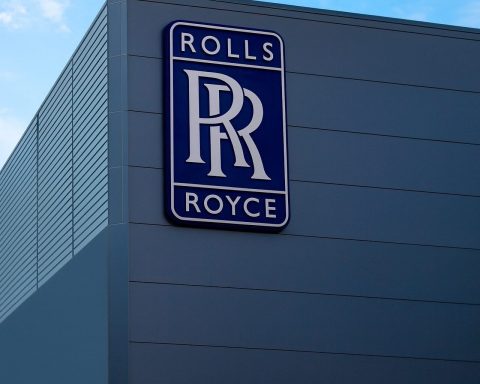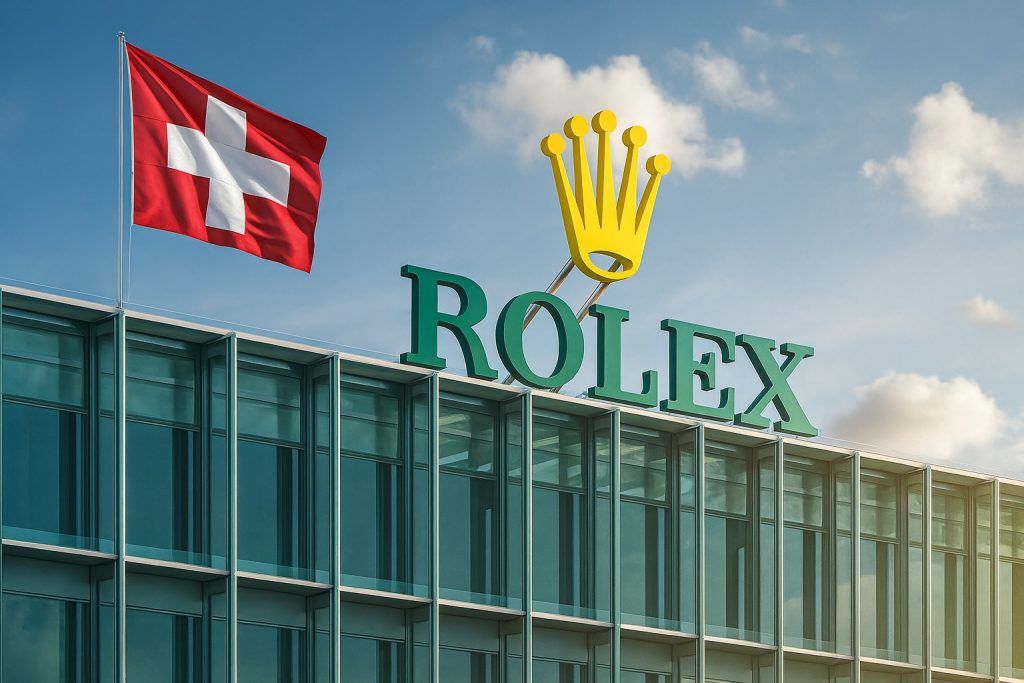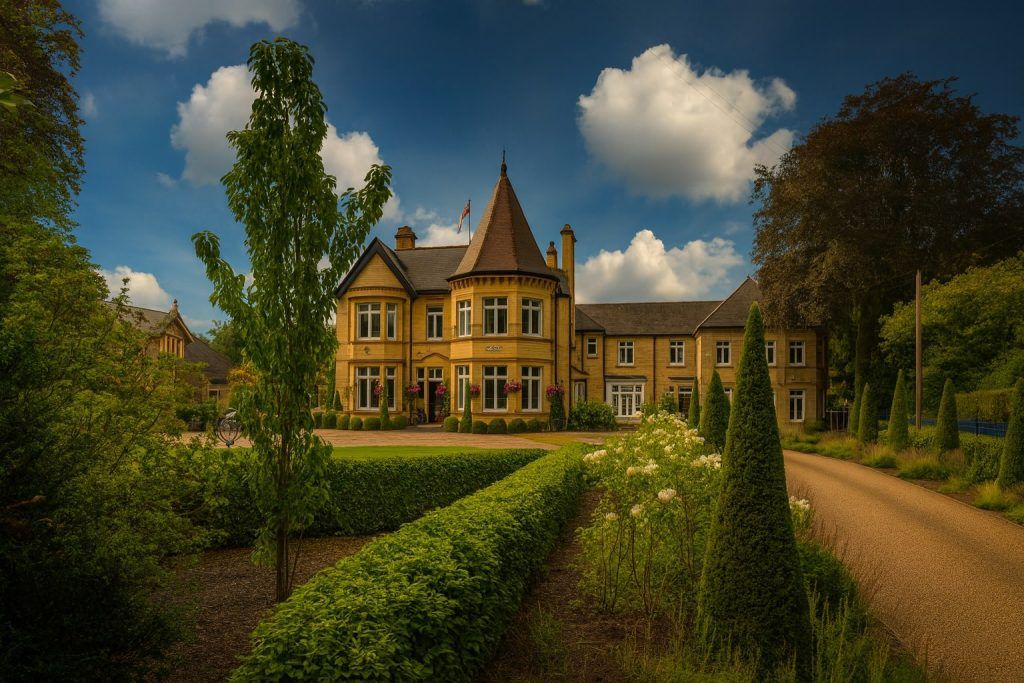- Major banks spark the start of earnings season: JPMorgan, Goldman Sachs, Wells Fargo and Citigroup report Q3 results on Tuesday, Oct. 14, followed by Bank of America and Morgan Stanley on Wednesday [1]. With the U.S. government shutdown delaying key economic data (jobs, inflation, retail sales), investors are “looking to major banks’ quarterly earnings” for clues about the economy’s health [2] [3].
- Strong profit growth expected: S&P 500 profits are forecast to be about +8.8% year-over-year in Q3 [4]. Big banks individually project even higher jumps: for example, JPMorgan’s EPS is seen rising over +10% (driven by robust IB fees and markets revenue) and Goldman’s by roughly +31% [5] [6]. Citigroup and Bank of America are also expected to report sharply higher earnings (+26% and +17% respectively) [7], while Morgan Stanley may see ~+11% growth [8].
- Dealmaking and trading boost revenue: Analysts note a rebound in mergers & acquisitions and markets activity this quarter. Nearly 49 deals were announced by mid-September (vs. 32 last year) as tariffs worries eased and regulators loosened rules [9]. Trading volumes have been robust, bucking the usual Q3 lull [10]. This resurgence in IB fees and trading should help lift banks’ revenues.
- Loans, deposits and consumer health under scrutiny: Banks emphasize that U.S. consumers remain financially healthy and are keeping up with loan payments [11]. But deposit balances and loan growth have largely stalled, especially on the consumer side: “deposit levels and loan growth have remained static,” notes analyst Brian Mulberry [12]. Investors will parse management commentary for any pickup in loan demand – as Morningstar’s Suryansh Sharma observes, banks “are sitting on a huge amount of capital” but are waiting to see if that translates into higher lending [13].
- Banks as an economic ‘window’: BCA Research strategist Irene Tunkel puts it bluntly: “Banks are a window into the U.S. economy. If we see that consumers are still spending and loan demand is improving, then I will start to think that perhaps we’re not really edging towards contraction” [14]. In other words, strong bank results would suggest the economy is holding up despite weak labor data and rising rates.
- Markets cautiously eye earnings: The S&P 500 is up about 11% year-to-date [15], but strategists warn sentiment hinges on earnings. Horizon Investment’s Chuck Carlson says much of the “bullishness is built around [these] expected earnings growth” and cautions that “if we start to see cracks in that, that would not be good for the market in general” [16]. Even JPMorgan CEO Jamie Dimon has warned of a possible market correction, reflecting concerns over stretched valuations.
- Data gaps and geopolitical risks: A continuing government shutdown has “thickened” the data fog – October’s jobs and inflation reports were postponed until the shutdown ends [17] [18]. This elevates the importance of bank earnings as one of the few real-time indicators. Meanwhile, renewed trade tensions (e.g. fresh China tariffs) briefly rattled markets [19], reminding investors of the external risks banks face.
Banks Kick Off Earnings Season Amid Data Fog
With traditional economic reports on hold due to the U.S. government shutdown, Wall Street is zeroing in on banks’ third-quarter results as a proxy for the economy’s pulse. Reuters notes that “investors will look to major banks’ quarterly earnings” to gauge growth, since other data have been interrupted [20]. Indeed, JPMorgan, Goldman Sachs, Wells Fargo and Citigroup are scheduled to unveil results this Tuesday (Oct. 14), followed by Bank of America and Morgan Stanley on Wednesday [21]. This cluster of big-bank reports effectively kicks off earnings season. Jim Cramer and other analysts have highlighted these financial results as especially important given the lack of fresh jobs or inflation data this month.
Even before results arrive, strategists are conflicted. U.S. stock indexes slid into the weekend on heightened trade fears (President Trump’s new China tariff threats) [22]. But the market has been on an 11%-plus rally this year, underpinned by optimism over corporate profits. As Natixis strategist Garrett Melson puts it, “the market just keeps grinding higher… [with] the key underpinning…stronger earnings outlooks” [23]. In other words, Wall Street’s record run (nearing its third anniversary) hinges on banks and other companies delivering the hefty profits investors expect.
Analysts Expect Strong Bank Profits
Forecasters are upbeat on bank profitability. A Reuters survey (via LSEG IBES) sees S&P 500 profits up about 8.8% year-on-year in Q3 [24]. Banks are generally expected to beat that pace. For example, JPMorgan (the largest U.S. bank) is seen reporting over 10% EPS growth, driven by hefty investment banking fees and trading gains [25]. Goldman Sachs is projected to outperform further, with roughly +31% EPS growth this quarter thanks to booming M&A and markets业务 [26]. Analysts at Morgan Stanley forecast +11% earnings growth, citing the firm’s diversified capital markets and wealth businesses [27]. Even historically slower-growth names are surging: Citigroup could see +26% EPS (as capital-markets revenues rise), and Bank of America about +17% [28].
These projections rest on the past few months of deal flow and trading. After a slow first half, mergers and IPO activity accelerated in Q3 – Piper Sandler data show 49 deal announcements through mid-September (vs. 32 a year ago) [29]. Banks themselves reported a flurry of deals this summer, helped by eased regulations and talk of Fed rate cuts [30]. Trading desks have likewise been busy: Jefferies analysts note that Q3 volumes were “robust” across equities and fixed income, bucking the usual seasonal lull [31]. With M&A and trading recovering, analysts say banks’ fees and net interest income (from a still-resilient economy) should be solid. Wells Fargo, for instance, will be watched on loan/deposit trends and its forward guidance for net interest income now that its asset cap has been lifted this year [32].
Loans, Deposits and Consumer Health in Focus
Investors will pay special attention to any signs of stress or strength in the consumer and credit side of banks’ business. So far, banks report that U.S. consumers remain in good financial shape – delinquencies are low and households are keeping up on payments [33]. However, growth in deposits and new loans has largely flattened out. As Zacks fund manager Brian Mulberry notes, “on the consumer side… deposit levels and loan growth have remained static” [34]. This suggests that while borrowers aren’t defaulting, they’re not aggressively expanding credit usage either.
Analysts will probe management discussion for any change. Morningstar’s Suryansh Sharma points out that banks are sitting on excess capital and a steady economy, so “all these things [could] point to a pick up in loan growth in the coming quarters” – if loan demand shows signs of life [35]. Conversely, any warnings of slowing card spending, mortgage volumes or small-business defaults could spook investors. Wells Fargo’s post-cap lift strategy (branch hiring, product sales) will be under the microscope, and Bank of America’s update on buybacks and capital plans will draw scrutiny.
Expert Views: Caution and Confidence
Market pundits are issuing mixed signals. BCA’s Irene Tunkel captures the stakes: “Banks are a window into the U.S. economy,” she says [36]. If banks see rising lending and spending, it would argue against a downturn. Others stress risks: Gabelli’s Mac Sykes warns that investors will scrutinize “any changes in the credit environment, impact of jobs data, and the overall economic outlook” during the calls [37]. Baird Research, Piper Sandler and UBS all have teams digging into banks’ forecasts, keen to catch any cracks beneath the bullish veneer.
Some high-profile investors are even expecting turbulence. Hedge-fund legend Paul Tudor Jones recently hinted at market excess, and JPMorgan’s Jamie Dimon has publicly said he’s wary of a “30% chance” of a market drop next year. In the Reuters study, Horizon Investment’s Chuck Carlson encapsulates this caution: “A lot of the bullishness is built around the expected earnings growth… If we start to see cracks in that, that would not be good for the market” [38].
Market Impact and What’s Next
The next few trading days will be telling. If banks report robust loan growth, healthy net interest income (reflecting still-high deposit rates), and solid fee income, it could justify the lofty stock valuations. In particular, technology and AI stocks – which have carried much of this year’s rally – may get more support if the broader market shows strength. On the other hand, any profit warnings or conservative outlooks could trigger a selloff. Markets have been jittery: in fact, the S&P 500 had its worst day since April on Friday (Oct 10) after new tariff headlines [39].
Meanwhile, the shutdown continues. Key data like the non-farm payrolls and CPI were delayed (CPI moved to Oct 24) [40]. Oxford Economics’ Mike Pearce warns the shutdown is thickening the “data fog,” making these earnings even more critical [41]. In short, corporate America’s self-reported numbers will temporarily stand in for the missing government reports.
Bottom line: This week’s earnings from the banking giants are shaping up as one of the most important events of 2025. They will reveal not only how banks are faring after a volatile year, but also provide a snapshot of consumer and business health. Watch the loan and revenue numbers closely – strategists will be listening for any signs that the U.S. economy is losing momentum (or not). As Morgan Stanley’s Ebrahim Poonawala sums up for his firm, the combined strength of capital markets and wealth channels “creates a competitive advantage” for banks – but the market will quickly punish anything less than evidence of continued strength [42].
Sources: Recent market analyses and previews [43] [44] [45] [46] [47] [48](Reuters, CNBC) were used to summarize expectations, expert views and risks for the Q3 earnings of major U.S. banks. Each cited report provides forward-looking forecasts, expert commentary and context on the economic backdrop.
References
1. www.reuters.com, 2. www.reuters.com, 3. www.reuters.com, 4. www.reuters.com, 5. www.reuters.com, 6. www.reuters.com, 7. www.reuters.com, 8. www.reuters.com, 9. www.reuters.com, 10. www.reuters.com, 11. www.reuters.com, 12. www.reuters.com, 13. www.reuters.com, 14. www.reuters.com, 15. www.reuters.com, 16. www.reuters.com, 17. www.reuters.com, 18. www.reuters.com, 19. www.reuters.com, 20. www.reuters.com, 21. www.reuters.com, 22. www.reuters.com, 23. www.reuters.com, 24. www.reuters.com, 25. www.reuters.com, 26. www.reuters.com, 27. www.reuters.com, 28. www.reuters.com, 29. www.reuters.com, 30. www.reuters.com, 31. www.reuters.com, 32. www.reuters.com, 33. www.reuters.com, 34. www.reuters.com, 35. www.reuters.com, 36. www.reuters.com, 37. www.reuters.com, 38. www.reuters.com, 39. www.reuters.com, 40. www.reuters.com, 41. www.reuters.com, 42. www.reuters.com, 43. www.reuters.com, 44. www.reuters.com, 45. www.reuters.com, 46. www.reuters.com, 47. www.reuters.com, 48. www.reuters.com







